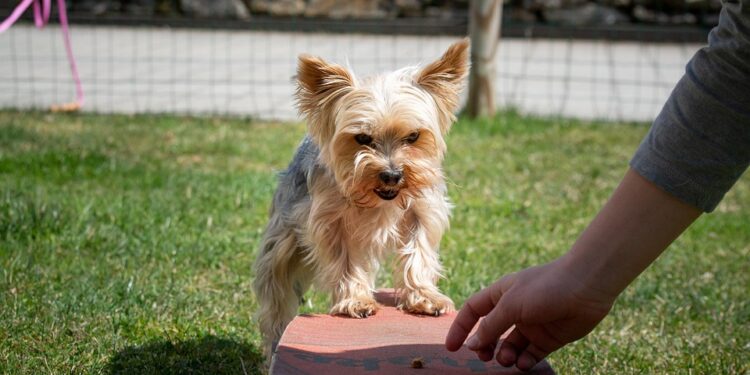Decoding the Canine Mind: Understanding and Influencing Dog Behavior
Dogs have been our loyal companions for thousands of years, but understanding their behavior can still be a challenge for many pet owners. By decoding the canine mind, we can gain valuable insights into why dogs act the way they do and how we can influence their behavior for the better.
The Canine Mind: How Dogs Think and Communicate
One of the first steps to understanding and influencing dog behavior is to learn how dogs think and communicate. Dogs are social animals that rely heavily on body language and vocalizations to convey their emotions and intentions. By paying attention to cues such as tail wagging, ear position, and vocalizations, we can better understand what our dogs are trying to tell us.
Common Canine Behaviors and Their Meanings
Some common behaviors that dogs exhibit and their meanings include:
- Tail Wagging: A wagging tail can indicate excitement, happiness, or even nervousness depending on the context.
- Ear Position: Ears that are perked up can signal alertness, while ears that are flattened back against the head can indicate fear or aggression.
- Barking: Dogs bark for a variety of reasons, including to alert their owners to danger, express excitement, or communicate their needs.
Influencing Dog Behavior: Positive Reinforcement and Training Techniques
Once we have a better understanding of the canine mind, we can start influencing our dog’s behavior in a positive way. Positive reinforcement is a powerful tool that can be used to encourage good behavior and discourage unwanted behaviors. By rewarding our dogs with treats, praise, and affection when they exhibit desirable behaviors, we can help them learn what is expected of them.
Training Techniques for Common Behavior Issues
Some common behavior issues that pet owners may encounter include:
- Aggression: Aggression in dogs can be caused by fear, territoriality, or lack of socialization. By working with a professional trainer and using positive reinforcement techniques, we can help our dogs overcome their aggression.
- Separation Anxiety: Dogs that suffer from separation anxiety may exhibit destructive behaviors when left alone. By gradually desensitizing our dogs to being alone and providing them with plenty of mental and physical stimulation, we can help alleviate their anxiety.
- Excessive Barking: Excessive barking can be a nuisance for pet owners and their neighbors. By identifying the root cause of the barking and using positive reinforcement to teach our dogs alternative behaviors, we can reduce their barking.
Building a Strong Bond with Your Dog
Understanding and influencing dog behavior is not just about correcting unwanted behaviors; it is also about building a strong bond with our furry friends. By spending quality time with our dogs, providing them with regular exercise and mental stimulation, and showing them love and affection, we can create a trusting and mutually rewarding relationship.
Common Questions About Dog Behavior
Some common questions that pet owners may have about dog behavior include:
- Why does my dog chew on everything? Dogs may chew on objects out of boredom, teething, or anxiety. Providing them with appropriate chew toys and plenty of exercise can help redirect their chewing behavior.
- How can I stop my dog from jumping on guests? Jumping on guests is a common behavior issue that can be addressed through training and positive reinforcement. By teaching our dogs alternative behaviors such as sitting or staying, we can prevent them from jumping on guests.
- Why does my dog bark at other dogs? Dogs may bark at other dogs out of fear, excitement, or territoriality. By socializing our dogs with other dogs in a controlled environment and using positive reinforcement to reward calm behavior, we can help reduce their barking.
Conclusion
Decoding the canine mind is an ongoing process that requires patience, understanding, and a willingness to learn. By gaining insights into how dogs think and communicate, using positive reinforcement techniques to influence their behavior, and building a strong bond with our furry friends, we can create a harmonious and fulfilling relationship with our canine companions.
Remember, every dog is unique, and what works for one dog may not work for another. By observing our dogs closely, being consistent in our training efforts, and seeking professional help when needed, we can help our dogs thrive and lead happy, healthy lives.














































